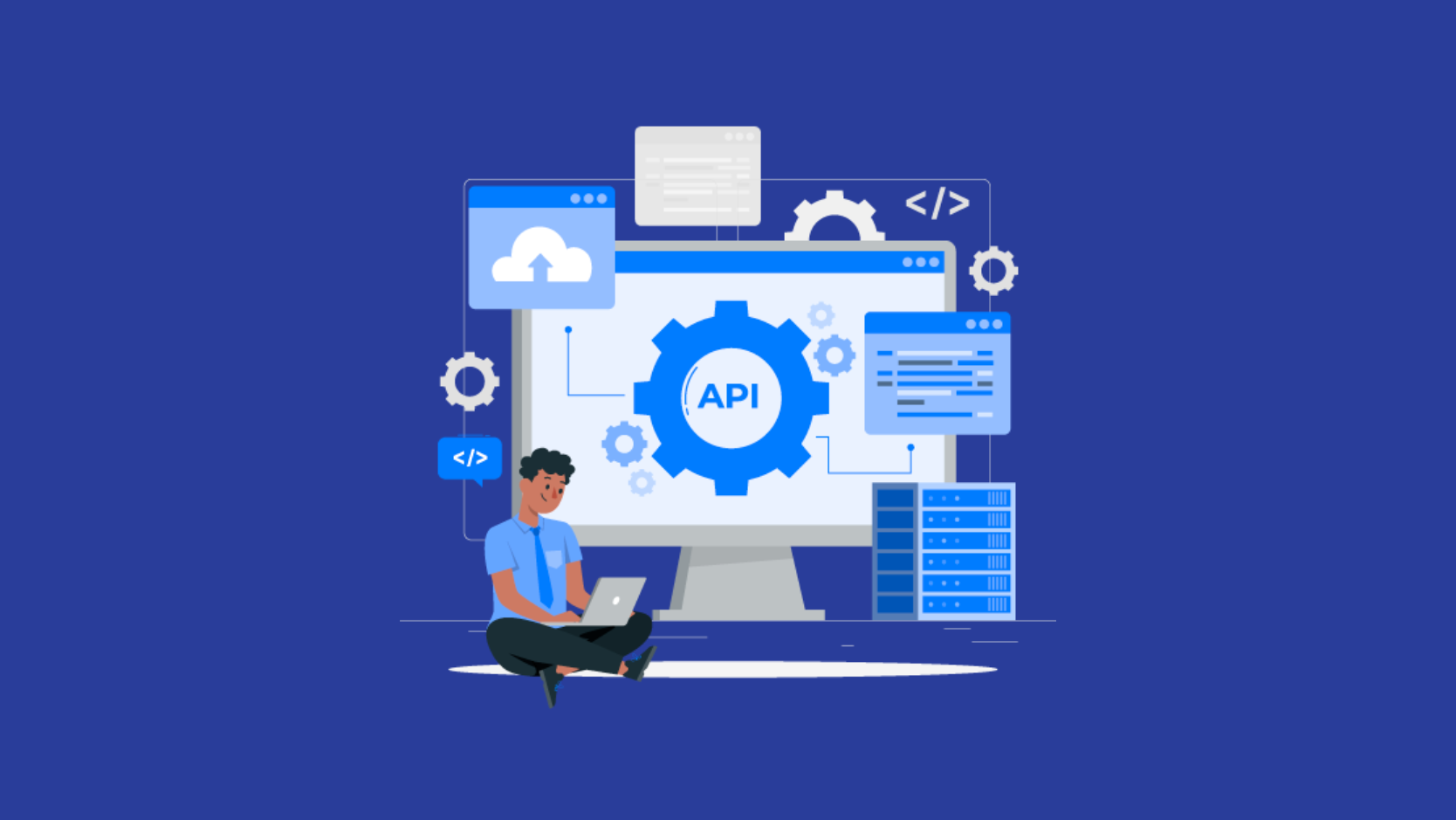
In today’s interconnected digital landscape, eCommerce businesses strive to provide seamless experiences to their customers by integrating various systems and applications. Application Programming Interfaces (APIs) play a crucial role in enabling this integration, allowing eCommerce platforms to communicate and share data with other systems efficiently. In this article, we will explore the fundamentals of using APIs for eCommerce integration development and delve into the key steps involved in the process.
What is an API?
API stands for Application Programming Interface, which is a set of programming instructions and standards used to access a web-based software application or web tool. APIs are widely used to connect different software systems together and facilitate the exchange of data. In eCommerce, APIs can be used to integrate various platforms, such as eCommerce platforms, payment gateways, shipping providers, and more.
Steps for using API for eCommerce Integration Development
1.Understanding API for eCommerce Integration: APIs serve as bridges that facilitate communication between different software applications. In the context of eCommerce integration, APIs enable the exchange of information between an eCommerce platform and other systems such as payment gateways, shipping providers, inventory management systems, and more. By utilizing APIs, businesses can streamline processes, enhance data accuracy, and offer a unified experience to customers.
2.Identifying Integration Needs: Before diving into API integration development, it is crucial to identify the specific requirements and objectives of the integration. Determine the systems or applications you wish to integrate with your eCommerce platform. Common integration scenarios include payment gateway integration, inventory synchronization, order management, and customer data synchronization. Understanding your integration needs will help you choose the appropriate APIs and design a robust integration strategy.
3.Researching API Documentation: API documentation is a valuable resource that provides developers with insights into the functionalities and capabilities of different APIs. Explore the documentation of the APIs you plan to use for eCommerce integration. Familiarize yourself with the available endpoints, request methods, authentication mechanisms, and data formats. Comprehensive API documentation will guide you in implementing the integration smoothly.
4.Authentication and Authorization: APIs often require authentication to ensure secure data exchange. Familiarize yourself with the authentication mechanisms supported by the API you are integrating with. Common authentication methods include API keys, OAuth, and token-based authentication. Implement the appropriate authentication process in your integration code to establish a secure connection between systems and ensure authorized access to data.
5.Data Mapping and Transformation: Efficient eCommerce integration requires data mapping and transformation. Since different systems may use distinct data structures and formats, it is essential to map the data elements accurately during the integration process. Ensure that data fields, such as product details, customer information, and order data, are properly mapped between the eCommerce platform and the integrated system. Additionally, consider data transformation requirements, such as converting data types or rearranging data structures, to ensure seamless data synchronization.
6.Error Handling and Logging: Robust error handling mechanisms are crucial when working with APIs for eCommerce integration. Implement proper error handling and logging processes to capture and handle exceptions that may occur during data exchange. This ensures that errors are reported and can be addressed promptly. Log relevant information to assist in troubleshooting and debugging, facilitating smooth operation and maintenance of the integration.
7.Testing and Monitoring: Thorough testing is vital to ensure the integration functions as expected. Test the integration by simulating different scenarios and verifying the data flow between systems. Check for data accuracy, error handling, and system performance. Additionally, set up monitoring tools to track the integration’s performance, capture errors, and monitor data synchronization to proactively identify and resolve any issues that may arise.
What are the benefits of using API for eCommerce Integration Development?
Using APIs for eCommerce integration development offers several benefits, including:
- Streamlined Operations
APIs can help streamline operations by connecting different systems and applications, reducing the need for manual data entry and reducing errors.
- Improving Customer Experience
APIs can help improve the customer experience by providing seamless integration between different platforms, such as eCommerce platforms, payment gateways, and shipping providers.
- Increased Efficiency
APIs can help increase efficiency by automating tasks and reducing the time required to complete certain processes.
Conclusion
In conclusion, the use of APIs for eCommerce integration development is an essential practice that can help businesses streamline operations, improve the customer experience, and increase efficiency. APIs have revolutionized eCommerce integration by enabling seamless communication and data exchange between different systems. By understanding the fundamentals of API integration and following the steps outlined in this article, you can effectively leverage APIs to create robust integrations that enhance the capabilities of your eCommerce platform.
We at UWorx ensure successful API integration for your businesses so they can reap the benefits of a more connected and efficient eCommerce system.


